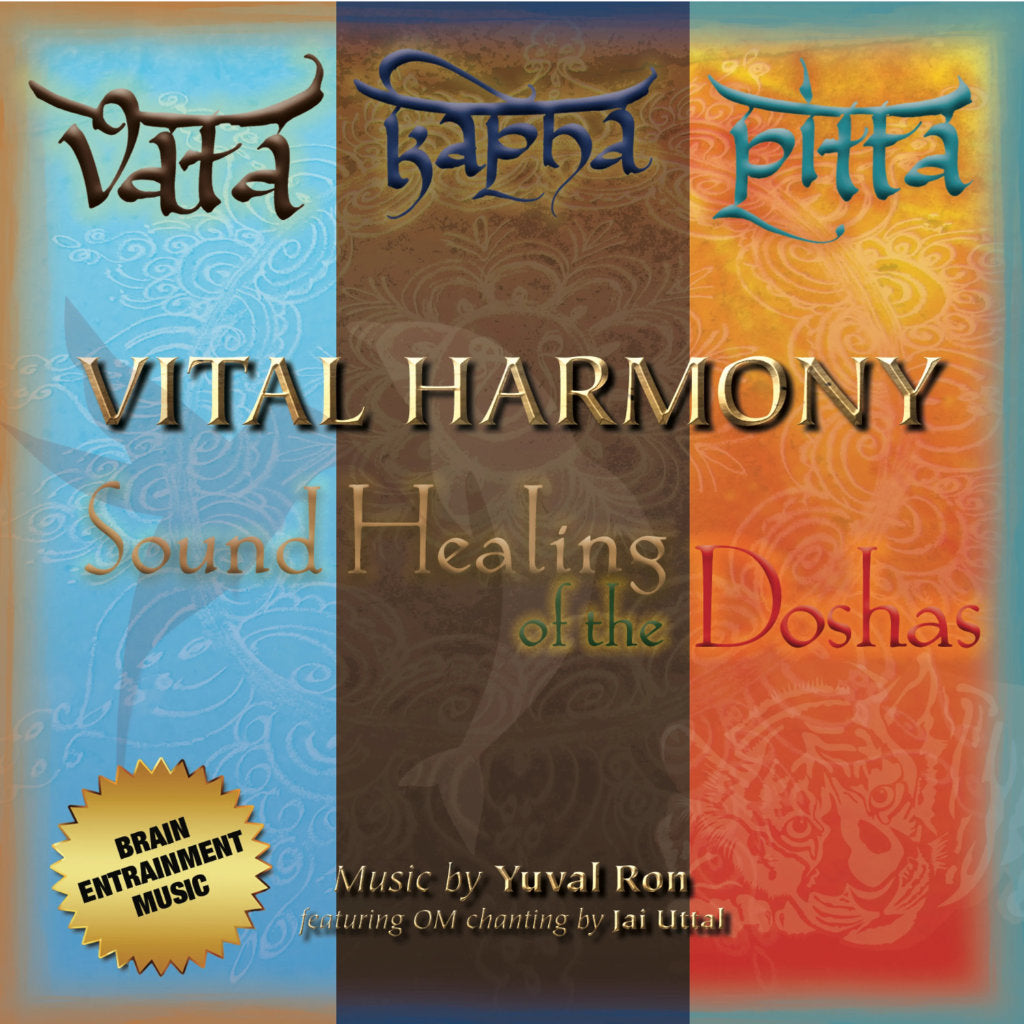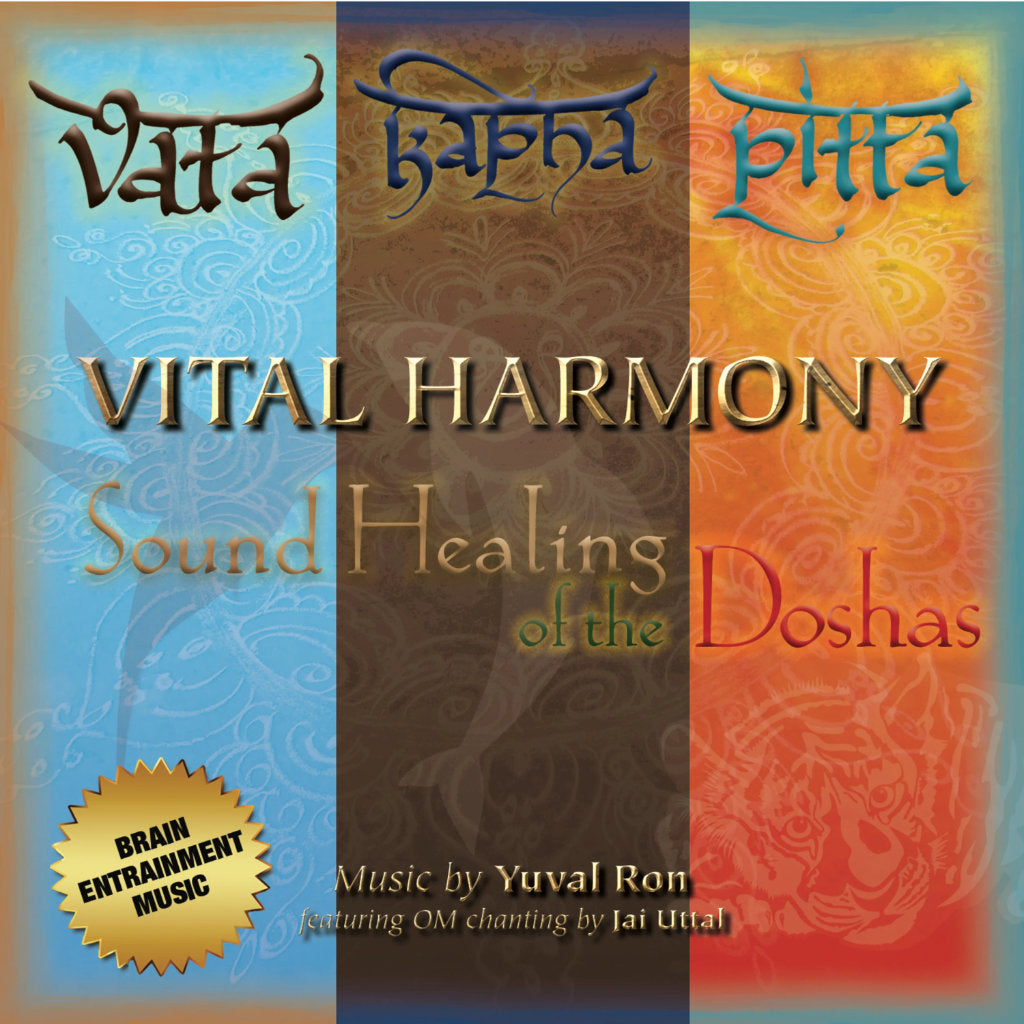Vital Harmony
Vital Harmony
Regular price
$15.97 USD
Regular price
Sale price
$15.97 USD
Unit price
per
Couldn't load pickup availability
Produced by Yuval Ron & Dr. Richard Gold
Sound Healing of the Doshas. This beautiful, healing music supports, harmonizes and helps balance the listener's three Doshas (fundamental energies) while also providing a deeply relaxing experience for Yoga, Creativity and Well-Being.
Contains 6 tracks, approximately 66 minutes of music

MP3 versus WAV files for healing music
Download Instructions
Downloading to an iPhone:
iPhones download into a Downloads folder. This folder can easily be found by searching your phone for it. During downloading you will see a download icon in the url bar of Safari. If you click on the icon while it is downloading (or afterward) it will take you to the Downloads folder. There may be multiple files from previous downloads.
The file is a ZIP file which is "compressed" to save space. Double click on it to "open" the compressed file and it will de-compress to a folder containing all the audio files. You can then open that folder, select a file and listen. The ZIP file can be deleted.
If you want to listen to it within the Music app on your iPhone, you need to download the file onto your desktop computer and add it to your Music (formerly iTunes) app, and transfer it to your phone.
Downloading to a Mac:
Macs download into a Downloads folder. This folder can easily be found by searching your Mac for it.
The file is a ZIP file which is "compressed" to save space. Double click on it to "open" the compressed file and it will de-compress to a folder containing all the audio files. You can then open that folder, select a file and listen. The ZIP file can be deleted.
If you want to listen to it within the Music app on your iPhone, you need to add it to your Music (formerly iTunes) app, and transfer it to your phone.
Downloading to a PC:
PCs download into a Downloads folder. This folder can easily be found by searching your computer for it.
The file is a ZIP file which is "compressed" to save space. Double click on it to "open" the compressed file and it will de-compress to a folder containing all the audio files. You can then open that folder, select a file and listen. The ZIP file can be deleted.
If you want to listen to it within the Music app on your iPhone, you need to download the file onto your desktop computer and add it to your Music (formerly iTunes) app, and transfer it to your phone.
Collapsible content
USAGE AND INSTRUCTIONS
LINER NOTES

